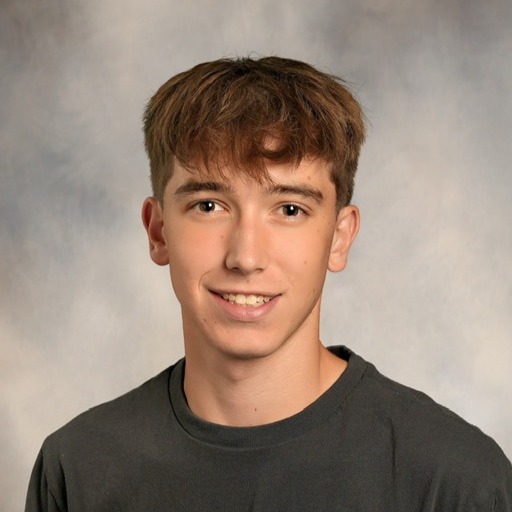Active Space Debris Removal: Feasibility and Comparative Analysis of Methods for Diverse Targets
Project by Polygence alum Max

Project's result
A comparative research paper published in the Research Archive of Rising Scholars evaluating seven active debris-removal technologies. It analyzes engineering requirements, real-world mission demonstrations, and system trade-offs, and proposes future optimizations to improve operational reliability and efficiency.
They started it from zero. Are you ready to level up with us?
Summary
The rapid growth of orbital debris presents an escalating challenge to spacecraft safety and the long-term sustainability of low Earth orbit. While end-of-life and collision-avoidance measures can limit new debris generation, they do little to address the expanding population of inactive satellites, rocket bodies, and fragments already in orbit. To confront this issue, we must turn toward Active Debris Removal (ADR): mission-level interventions designed to capture, stabilize, and deorbit existing objects.
This paper provides a comparative review of seven representative ADR methods, categorized into contact-based and non-contact systems. Each approach is evaluated through a set of parameters including capture mechanics, sensing and guidance architecture, control and stability requirements, power and propulsion demands, and mission scalability. The review integrates experimental and simulation data from major demonstrations in each category, notably Astroscale’s ELSA-d mission and JAXA’s electrodynamic tether program, while also drawing on smaller-scale studies that explore additional ADR techniques.
Through this analysis, the paper investigates how operational and technical constraints influence the performance and applicability of current ADR technologies, providing a foundation for ongoing development toward more effective debris-removal solutions.

Sahangi
Polygence mentor
PhD Doctor of Philosophy
Subjects
Engineering
Expertise
Aerospace/Structural Engineering/Mechanical Systems
Check out their profile

Max
Student
Hello! My name is Max Mayer, and my project analyzes multiple active space debris removal technologies to understand which systems are most feasible for real-world deployment, and offer ideas or suggestions about how these systems could improve or be used more effectively. I chose to work on this project because I am an aspiring aerospace engineer, but I've realized that we can’t keep pushing toward the stars without first taking responsibility for the mess we’ve made getting there. Space debris is an overlooked yet growing issue that threatens satellites and space missions, so I want to better understand which engineering solutions actually have the potential to make a real impact. Now that my project is complete, I am sharing my findings by publishing a research paper and seeking a conference to speak at.
Graduation Year
2026
Project review
“My experience with my Polygence project was incredibly rewarding. The program provided detailed guidance and structured support throughout the process, and it delivered exactly what I hoped for, especially when it came to thoughtful feedback on writing and project organization.”
About my mentor
“Sahangi was an exceptional mentor. She genuinely cared about my growth and consistently invested time and energy into helping me succeed. Her feedback was specific and always pushed me to think deeper about my research. She also helped and read over my paper even outside scheduled sessions, which made a huge difference and kept me moving forward. Every meeting felt productive, and I could tell that Sahangi was just as excited as me to be there. I could not have asked for a better mentor.”
Check out their profile